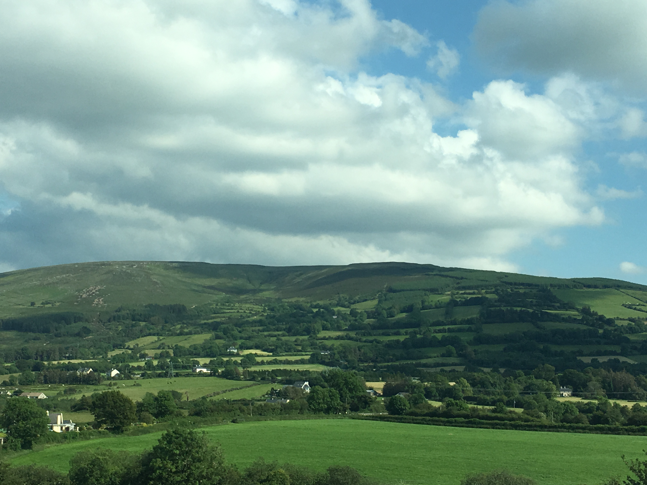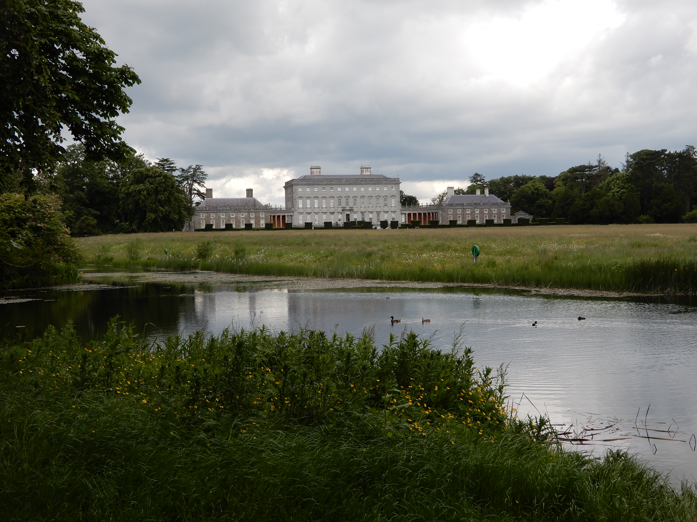
The ‘Principles Concerning Rural Landscapes as Heritage’ (ICOMOS 2017)[i] after defining rural landscapes also briefly develop themes relating to threats, challenges, benefits, and sustainability for rural landscapes from a cultural heritage point of view for today’s society. These challenges have been examined by scholars, scientific and cultural associations and public administrations, both at international and local levels and you will probably be aware of many of these issue
Importance of rural landscapes
‘Rural landscapes have been shaped over millennia and represent significant parts of the earth’s human and environmental history, ways of living, and heritage… The diversity of agricultural, forest, animal husbandry, fishery and aquaculture, wild-resource, and other resource practices is essential for the future adaptation and resilience of global human life.’ These multifunctional resources have socio-cultural values giving a strategic character to the rural landscape. Heritage values can be present in all rural areas ‘both outstanding and ordinary, traditional and recently transformed by modernisation activities’ while, depending on the location, ‘heritage can be present in different types and degrees and related to many historic periods, as a palimpsest.’ Awareness of these identified values is a necessary step in promoting the sustainable conservation of such rural landscapes and transmission of their associated knowledge and cultural meanings to future generations.
Threats

Rural landscapes in many parts of the world are undergoing radical transformation. ‘Increasing human populations and climate change make rural landscapes vulnerable to risks of loss and/or abandonment or radical change. The threats to rural landscapes reflect three inter-related types of change:
1.Demographic and cultural (population growth in urban areas and depopulation in rural areas, urban expansion, intensive infrastructure works, development pressures, loss of traditional practices, techniques, local knowledge, and cultures.)
2.Structural (globalization, change and growth of trade and relations, economic growth or decline, intensification of agricultural practices and techniques, change of land and loss of native pastures and of domesticated species diversity);
3.Environmental (climate change, pollution and environmental degradation including non-sustainable resource mining, impacts on soil, vegetation, and air quality, and loss of biodiversity and agro-biodiversity).’
Challenges
‘Heritage should play a significant role in the recognition, protection and promotion of rural landscapes and biocultural diversity due to the significant values it represents.’
To conserve the integrity and authenticity of heritage requires focus on assuring the standard and quality of living of local populations working and living there. Rural heritage is an economic resource and its use should reflect traditional methods while providing vital support for its long-term sustainability.

Benefits
‘Rural landscapes are critical resources for the future of human society and the world environment’. In addition to food and raw materials, rural landscapes contribute to land conservation and the transmission of rural cultures to future generations. Rural landscapes often provide distinct economic and tourism benefits when closely associated with the communication and enhancement of their heritage values. Communities as knowledge-holders, or local initiatives and collaboration among stakeholders, rural and urban inhabitants, and professionals have contributed to conservation, awareness, and enhancement of rural landscapes as a valuable shared resource.

Sustainability
‘Many rural systems have proven to be sustainable and resilient over time. Various aspects of these systems can inform future management of rural activities and support conservation and improvement of biocultural diversity and peoples’ rights to adequate quantities and good quality of food and raw materials.’
Landscapes are in continuous natural evolution and often inevitable processes of transformation thanks to their links to farming practices and farmers’ ways of life. ‘Rural landscape policies should focus on managing acceptable and appropriate changes over time, dealing with conserving, respecting, and enhancing heritage values.’ What changes are appropriate will be the subject of future articles in LLO. These articles will discuss in detail the criteria that will inspire action.
[i] All quotations in italics in this article are from the Principles Concerning Rural Landscapes as Heritage’ (ICOMOS 2017)
Jane Lennon is an historical geographer with a PhD on cultural landscape conservation; she is a founding member of Australia ICOMOS, adjunct professor at Deakin University, honorary professor at the University of Melbourne specialising in heritage landscapes and has published extensively. She has long experience in national park, museum, historic site management, heritage boards including the Australian Heritage Council, ICCROM and the ICOMOS/IFLA International Scientific Committee on cultural landscapes


